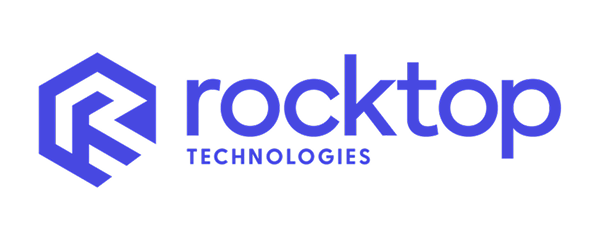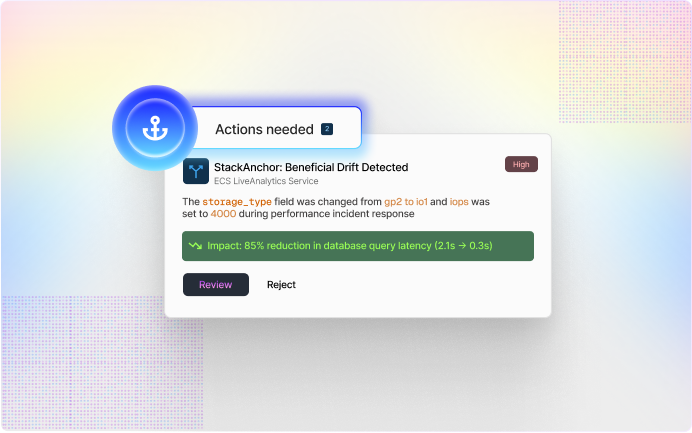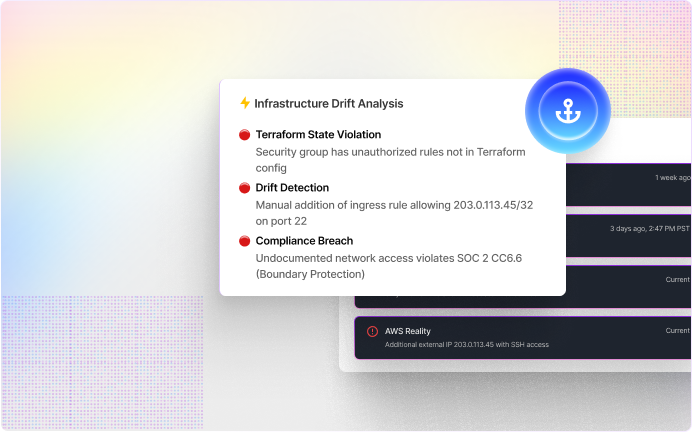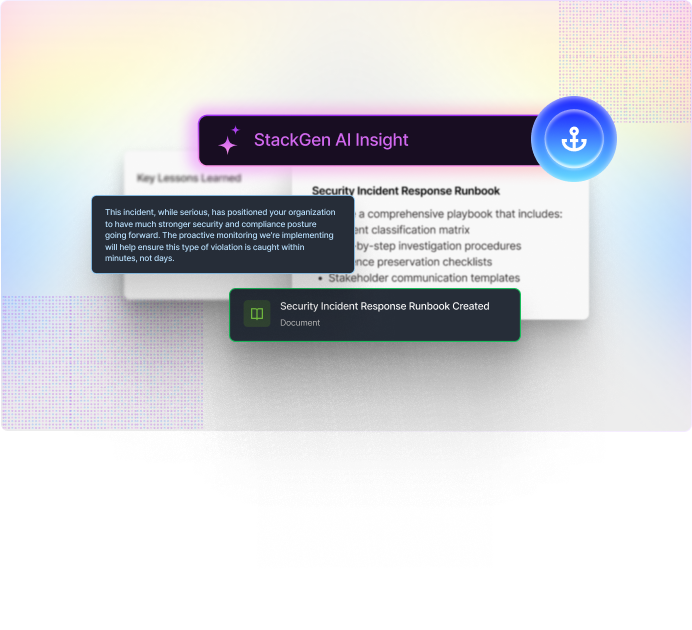Configuration
Chaos
Quick console fixes during incidents, security group tweaks for deployments, and accidental database modifications create dangerous gaps between intended infrastructure and production reality. Each undocumented change becomes a ticking time bomb where Terraform state mismatches reality and simple hotfixes spiral into systemic risks.





.png)








.png)